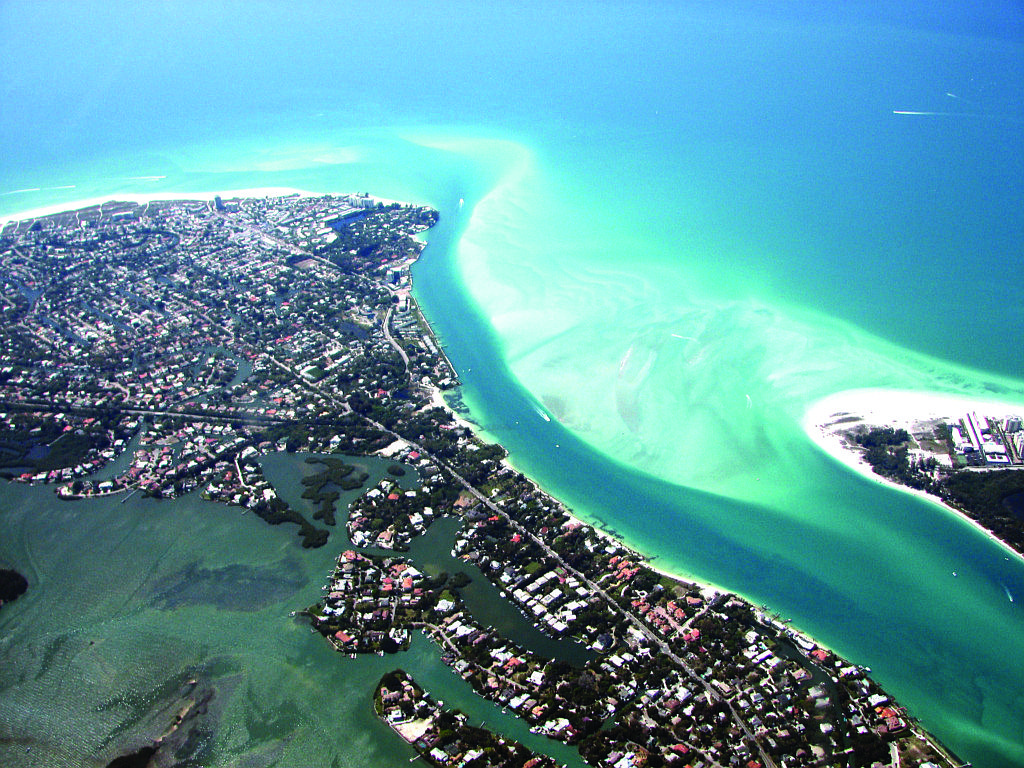- April 19, 2024
-
-
Loading

Loading

The U.S. Army Corps of Engineers’ $23 million plan to renourish Lido Key with sand from Big Pass has brought together Siesta Key groups in opposition and inspired a music video. Yesterday, as expected, the Army Corps released the draft of a study that supports the dredging efforts.
“(The Army Corps) made this public so both the city and the county can have it peer-reviewed,” said Sarasota City Engineer Alex DavisShaw. The city has already contracted with a firm to do the analysis.
“Results from the CMS (Coastal Modeling System) model have shown that it is possible to mine the ebb shoal (sandbar) without affecting sediment transport pathways that deliver sediment to (Siesta Key),” according to the draft. Mining more than 1.3 million cubic yards of sand from the outskirts of the never-been-dredged channel would not affect navigability or increase wave energy, the study found.
“They had to look at whether sand could be harvested from Big Pass without impacting negatively Siesta Key and that the shoal would be able to bounce back,” DavisShaw said.
“I’ve got staff reviewing it currently,” said Sarasota County Coastal Resources Manager Laird Wreford. “Now we have the most up-to-date information on the extensive work the Army Corps has done on the impacts the project is expected to have.”
Lido Key has been renourished six times since 1991 with a total of 1.9 million cubic yards of sand.
Projects have added between 125,500 and 464,176 cubic yards of sand during each renourishment, with 47% coming from dredging New Pass and the remainder transported from offshore sources.
According to Army Corps data and models in the draft, the Big Pass shoal has grown by more than 3 million cubic centimeters of sand in the last decade, bringing its total volume to 23.3 million cubic yards.
The Siesta Key Chamber of Commerce, the Siesta Key Association and the Siesta Key Village Association have all joined in opposition to the dredging plan and in support of an independent peer review of the Army Corps’ statistics and methodology. Another Siesta Key organization, Save Our Siesta Sands 2, took a litigious step last month in opposition to the proposed dredging.

The county has an overall interest in making sure the project doesn’t negatively affect coastal systems and a specific interest in the county-owned areas on South Lido Beach, Wreford said. The city may have to seek a construction easement for sand-saving structures included in the project.
“At least one of the structures is very likely to be on county property,” Wreford said.
County staff expects to update commissioners on the study during a budget workshop this summer.
“It’s very technical and certainly lengthy,” Wreford said.
Contact Alex Mahadevan at [email protected]